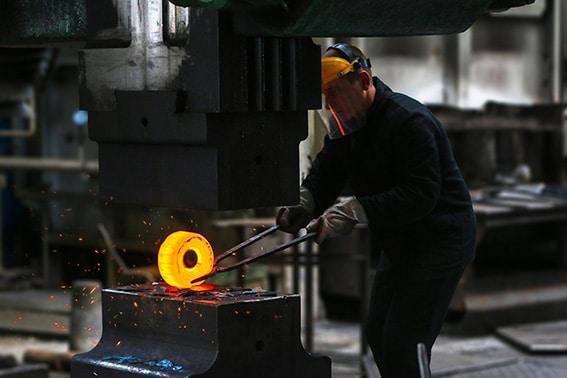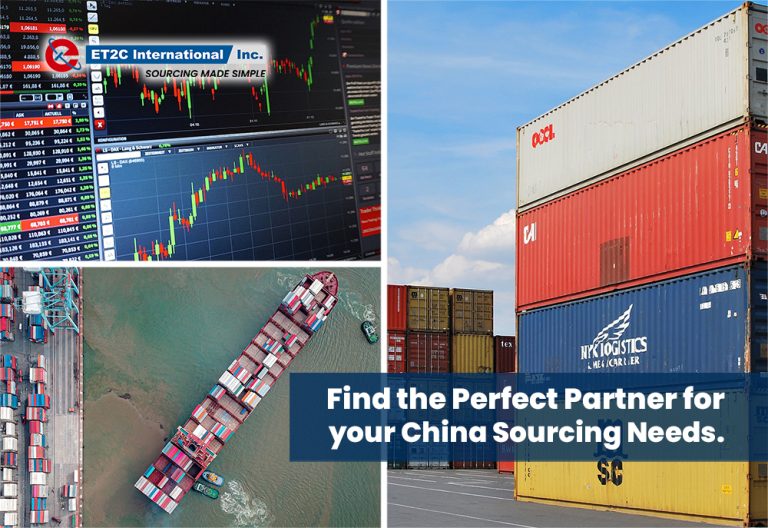
Any time you outsource production overseas, it is essential to have visibility of the manufacturing process and the end product before the goods are shipped. In the same way, for any orders placed with a supplier ‘up the road’, you would make sure you were frequently visiting the site to check and oversee production (timings, raw materials etc) and importantly the product quality.
Quality control and quality assurance are two key components of any quality strategy in place. Although this is very much an evolving arena, with a shift from independent quality ‘policing’ to more of a continual improvement process through the empowerment of key stakeholders across the quality process, having an upstream capability should be the backbone of any sourcing strategy.
ET2C Insights.
We have spoken to our in-house ET2C Quality teams, who have over 20 years of experience in implementing quality processes across Asia, both internally and for our clients, and wanted to share some insights to consider with your quality strategy. We have split these across Quality Assurance and Quality Control.
Quality Assurance
1. Quality starts with the manufacturing site.
Generally, a well-maintained factory that is clean and well-organised is better placed to produce to your quality requirements. For example, if you are producing garments and the fabric rolls are kept on the floor there is clearly a greater risk of the fabric being marked or even being contaminated with mold. A good factory would have the rolls on racks, stored in a dry and clean environment.
2. Make sure you visit and walk the production process.
You should make sure that you visit any factory you are partnering with. Walk the manufacturing process to make sure that everything makes sense, from the raw material receipt, the machinery (capability), number of production lines and workers. You need to be sure that they can deliver what you need and in the timeframe too.

3. Ethical standards are important.
There are a number of certifications, like BSCI and SMETA audits, that provide a significant amount of detail when it comes to a factory’s operations and the standards and regulations that they adhere to. But, just as a little tip, watch the factory workers as you tour the factory as it can give you an insight into how happy they are in their jobs. Perhaps simply a guide, but if they are happy then it certainly points to a good work culture.
4. Partnership is Key.
As part of your quality assurance work, keep in mind that partnering is now more important than in previous years as costs rise across Asia. When we talk of ‘partnering’, we mean being fair and equitable with your suppliers. Paying that little bit more now, and perhaps committing to business over a longer period, will help you in the medium to longer-term with innovation, consistency of goods and ultimately competitive prices. With good partnerships comes trust. You will therefore be well-positioned to develop a deeper understanding of your suppliers’ operations, the risks and opportunities.
5. Corrective Action Plans.
Any supplier evaluation is likely to flag some areas for improvement. Engage with these and make sure that you understand these from the supplier’s perspective as well. What is the impact of the suggested changes, what are the challenges? How long will this take? Again, working through these with your supplier and keeping up to date will help them improve for the better.

Quality Control
1. Product Knowledge is paramount.
Whether you are using a third-party inspector or your own in-house Quality team, having an understanding of the product being inspected (inline or pre-shipment) is essential to checking it correctly. Specification sheets and gold seal samples help to facilitate knowledge transfer but where possible try to ensure consistency of the individual inspecting the goods. They will build up experience of what is and what is not acceptable and be well placed to see the product through your eyes.
2. AQL methodology is not a quality guarantee.
AQL (“acceptable quality level”) is an internationally recognised statistical sampling methodology. In short, this means that testing a random sample of a product should identify any broader quality problems against a predetermined list of major and minor defects. This is different from a piece by piece inspection which is obviously more costly. When agreeing AQL levels, make sure you are taking into account any history with the supplier, product complexity, lead times (if shortened for any reason) and value. This will help minimise the resource needed and at the same time increasing the chance of quality defects being identified and isolated.
3. Ethics in quality control.
Ethics forms an integral part of any successful independent quality control inspection. It is no secret that a quality inspector is in a position that can easily be compromised by unethical behaviour. Make sure that you listen for any noises from any parties involved factory side and, if they exist, conduct a thorough investigation to isolate and address the issue. Also be sure you have this conversation with your service provider where relevant as well.
4. Analyse the data/use technology.
Quality control is about data. Make sure you are collating it in a way that it can be analysed and manipulated. This will provide insights into not only your suppliers’ performance but also where improvements to the manufacturing process can help address the main quality defects. This continual improvement process should drive up the quality level and again reduce resource committed. The technology is already available to help manage these analytics and also drive efficiencies through the quality control piece.

5. Upstream, upstream, upstream.
Quality control needs to be conducted on-site at the factory. It means that any issues identified can be potentially addressed pre-shipment or rejected as the case may be. There is simply no point implementing a quality process that identifies issues on arrival in your own warehouse. It is too late and the cost implications (or loss) will only increase from that point onwards. You need to have some form of upstream capability.
Summary
Bad quality costs companies money; whether it is in returns, corrective measures taken, staff time on issues or simply having to discount goods to move them. It is difficult to measure at the outset before something has gone wrong and often companies therefore overlook the need to implement a sound quality strategy. This should align to your supplier markets and the products you are manufacturing. Ultimately, it is about visibility and partnership.
At ET2C we are well placed to manage your quality control and quality assurance requirements. With our own dedicated quality team across Asia, we look to deliver the visibility you need to sign off shipments. We are already investing in technology to enhance the service we provide our clients in this arena. For more information, please contact us at contact@et2cint.com.







